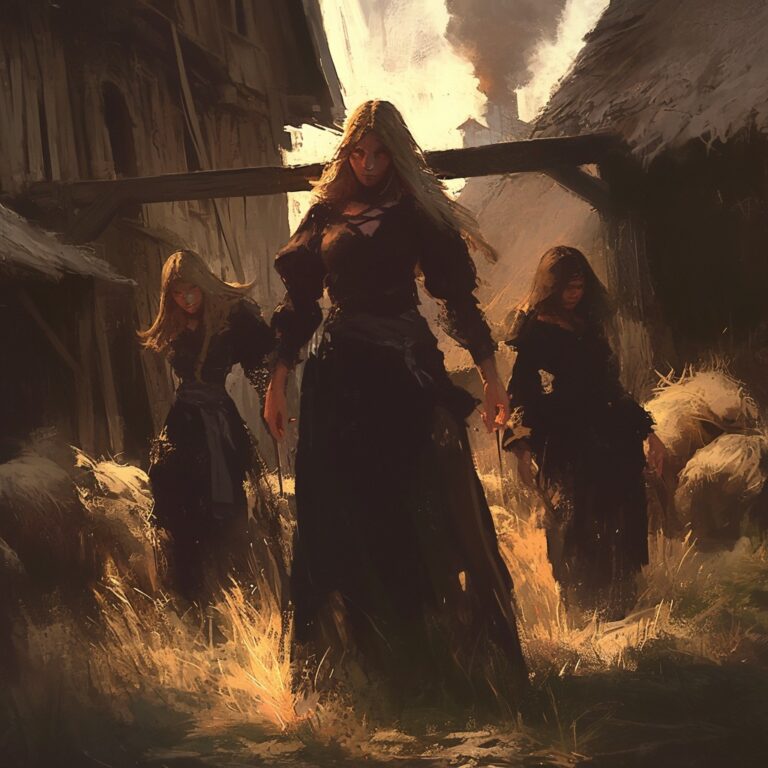Pagan Marriage: Ancient Traditions and Contemporary Expressions

Throughout history, almost every ancient civilization has celebrated romantic unions through ceremonies that publicly declare and honor the bond between individuals. These ceremonies, precursors to modern marriage, vary widely across cultures but universally symbolize commitment and communal acknowledgment.
In Native American tribes, union ceremonies were often community-centered events. Rather than focusing solely on the couple, these rituals were integral to the tribe itself. Typically, a revered Wise Elder (the “Tent Woman”) and the Tribal Leader (“Chief Hunter”) guided the union, aligning it with the couple’s love interests rather than arbitrary matches. These leaders discerned and formalized relationships, and the entire tribe bore witness to the connection, thus affirming its place within the community.

Ceremonial practices differed among tribes: some emphasized public declarations, while others arranged unions based on compatibility rather than love alone, forgoing grand public acknowledgment. This diversity reflects the unique values and customs of each tribe.
In ancient Celtic culture, the handfasting ritual symbolized the union of lives. Dating back to around 7000 B.C., this ceremony involved binding the couple’s hands with a braided cord or ribbon in the presence of a priest, signifying a year-long engagement. This symbolic act emphasized the intentional, temporary nature of the union as a commitment to be revisited.
Similarly, ancient Greek marriage customs were intricate and ritualistic, progressing through courtship stages, betrothal, and premarital sacrifices. Separate feasts for the bride and groom culminated in a consummation ceremony. Such practices reinforced the marriage’s legitimacy and highlighted the communal aspect of union.

Traditions such as feasting, symbolic gift exchanges, and public declarations of union remain ingrained in rituals across cultures. Feasts foster unity and joy, marking milestones in human life, while the exchange of tokens—rings, jewelry, or meaningful objects—symbolizes mutual commitment. Public declarations, whether through vows or oaths, solidify the union in the presence of loved ones, underscoring shared values and aspirations.
Today, Pagans honor these enduring traditions while embracing unique, often unconventional, practices that celebrate their heritage. Contemporary Pagan weddings blend age-old customs with personalized rituals, upholding authenticity over adherence to mainstream conventions. Handfasting, broom-jumping, and the symbolic blessing of a Priestess often replace traditional exchanges, underscoring the spiritual authority within Pagan communities.
Despite societal influences from Christian traditions, Pagan marriages prioritize genuine spiritual connection over conformity. Each union, whether traditional or alternative, is valued within the Pagan community, affirming love’s authenticity and honoring a lineage of diverse, resilient traditions.




